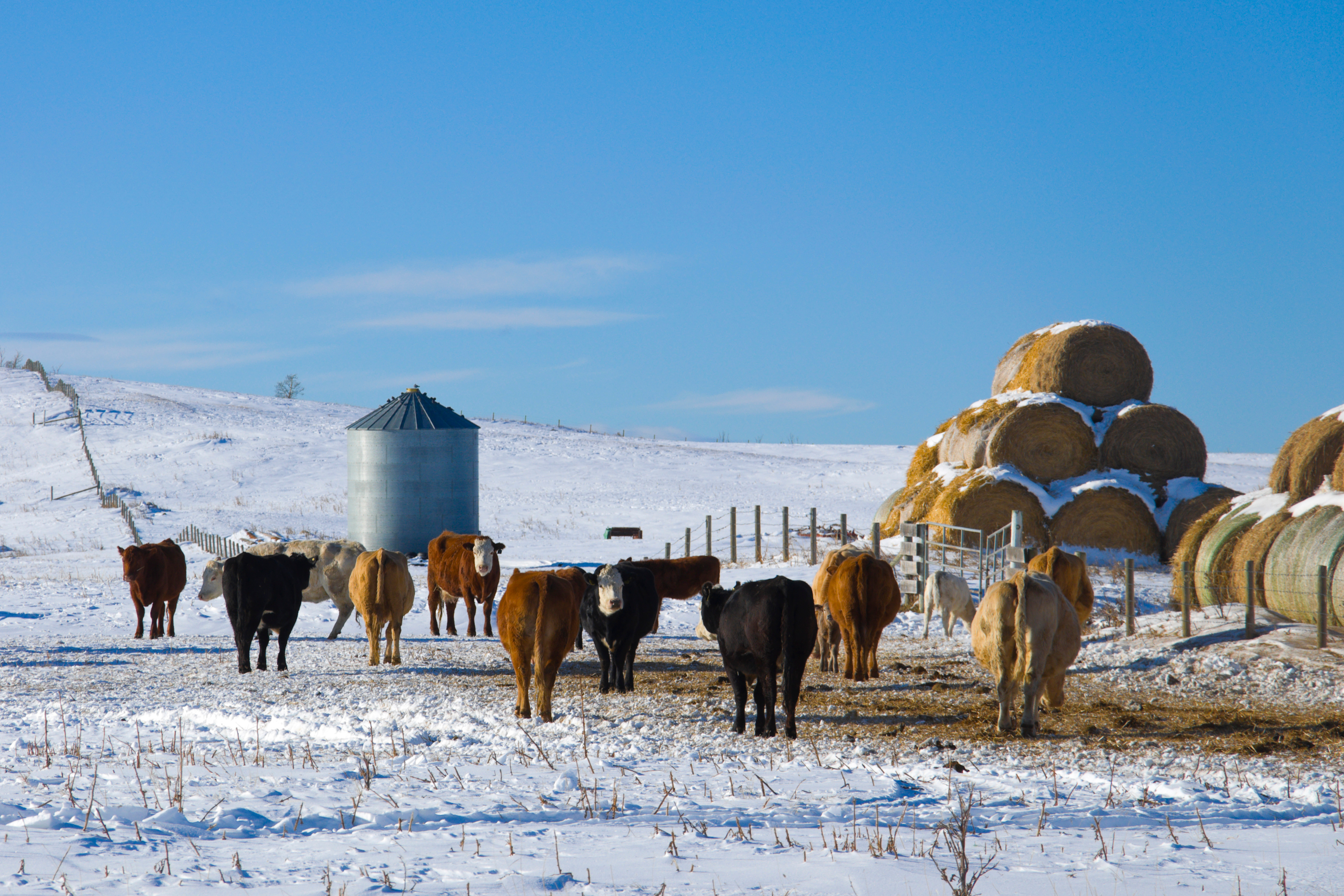
Monitoring Livestock Health and Behavior in Harsh Winter Weather
Winter grazing presents unique challenges for ranchers, especially when it comes to monitoring the health and behavior of livestock. Cold temperatures, snow, ice, and shortened daylight hours can make it difficult to spot early signs of illness, stress, or calving. Maintaining close observation is critical to prevent health problems, reduce losses, and ensure the overall well-being of the herd. With Barn Owl cameras, ranchers can remotely monitor livestock behavior and detect potential issues before they escalate.
Why Livestock Monitoring Matters in Winter
Cattle, sheep, and other livestock can experience stress in extreme cold, especially if they are transitioning from feedlots to pastures or consuming frozen forage. Common winter risks include:
-
Hypothermia or frostbite in young or weak animals
-
Reduced feed intake leading to weight loss
-
Illness or disease outbreaks
-
Calving complications in pregnant livestock
Detecting early signs of trouble is essential. Traditional methods — walking pastures, checking animals individually, or relying solely on staff observations — are time-consuming, labor-intensive, and sometimes unsafe in icy conditions.
How Barn Owl Cameras Support Winter Livestock Monitoring
Barn Owl remote cameras provide a reliable solution for ranchers seeking to maintain herd health efficiently.
Key Benefits:
-
Real-Time Remote Observation
With RangeCam Live, ranchers can view livestock in real-time from anywhere, even from home or on the road. This means ranchers don’t have to risk icy pastures to check on cattle multiple times per day. -
Behavior Tracking
Barn Owl cameras allow ranchers to observe patterns such as feeding, lying, or social interactions. Deviations from normal behavior — like reduced feed consumption, isolation, or excessive lying down — can indicate illness or stress. -
Calving Surveillance
Winter calving can be high-risk due to cold and unpredictable weather. Strategically placed Barn Owl cameras can alert ranchers when a cow begins labor or shows unusual activity, allowing timely assistance. -
Alert Notifications
Motion and activity alerts ensure ranchers know when something is out of the ordinary. Instead of relying on routine checks, ranchers are notified instantly if an animal is acting abnormally or leaving a designated area.
Implementing a Winter Livestock Monitoring Plan
Here’s a step-by-step guide for using Barn Owl cameras to enhance winter livestock monitoring:
-
Identify High-Risk Areas
Place cameras near feeding areas, water sources, or calving pens — locations where abnormal behavior is easiest to spot. -
Establish Baseline Behavior
Use cameras to observe normal herd behavior. This baseline helps identify deviations quickly. -
Set Alerts for Key Events
Configure Barn Owl cameras for motion detection or activity alerts in sensitive areas such as birthing pens or high traffic feeding locations. -
Monitor Feed and Water Access
Watching how livestock interact with feed and water sources can reveal nutritional stress or illness before visible symptoms appear. -
Respond Quickly
Use live video and alert notifications to intervene promptly. Early action often prevents minor issues from becoming serious health problems.
Conclusion: Keep Your Herd Healthy with Smart Winter Monitoring
Winter livestock monitoring doesn’t have to mean endless trips across frozen pastures. With Barn Owl cameras, ranchers can observe herd behavior, detect early signs of stress or illness, and respond quickly — all while saving time, fuel, and labor. Combining proven winter grazing strategies with modern technology ensures healthier animals, safer operations, and better productivity throughout the season.
Share


